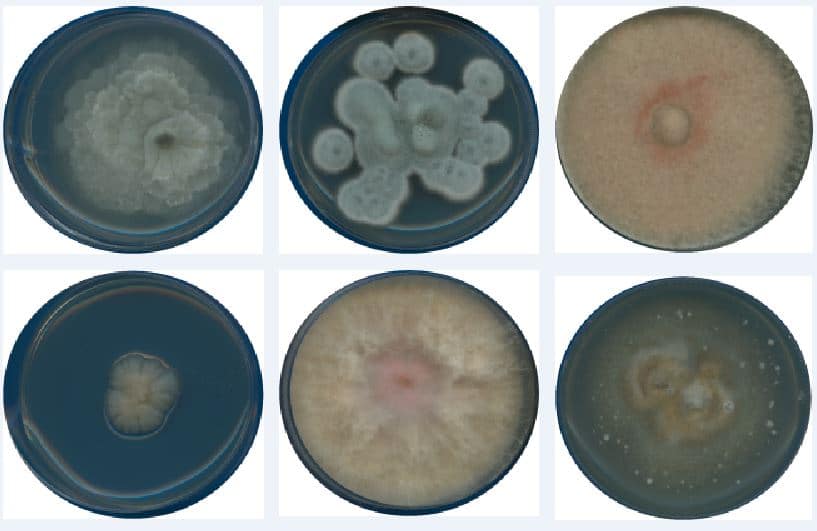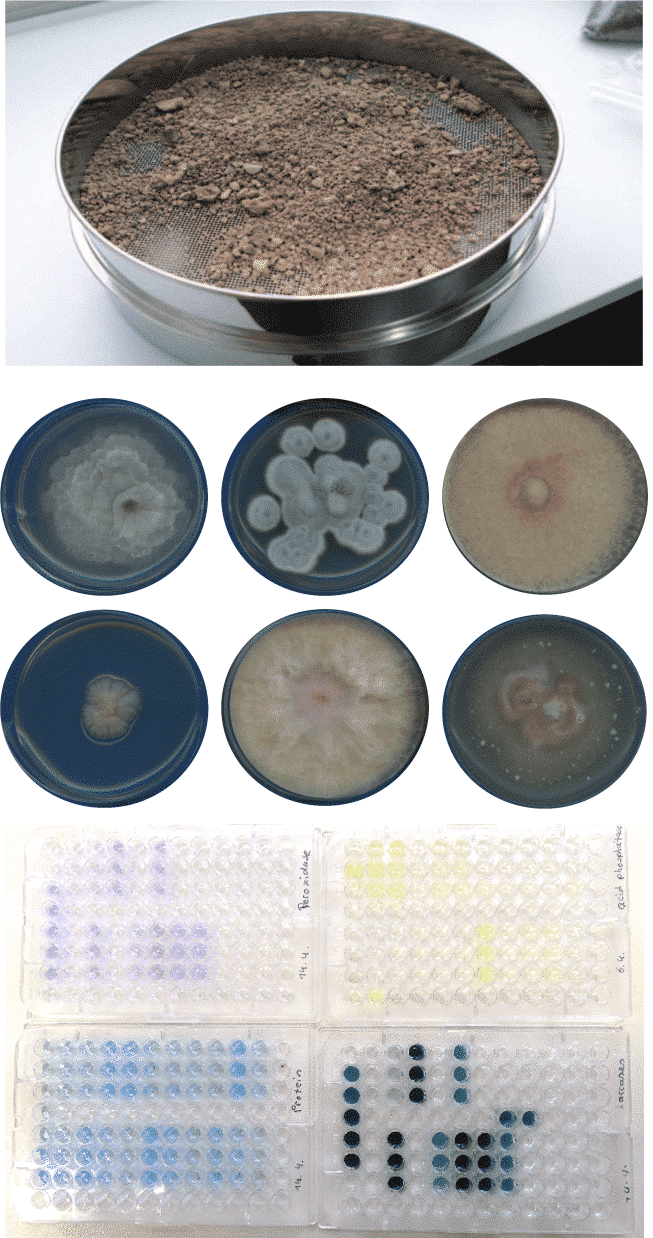Understanding the contribution of functional traits of individual fungal taxa to ecosystem functions under different land use scenarios – FunTrait

The functional significance of fungi in soil-based ecosystem services, such as soil structure formation, nutrient cycling, and plant productivity, is widely acknowledged. However, a comprehensive link between individual fungal taxa and ecosystem services is currently impossible, due to a lack of knowledge of functional traits of these taxa.
We currently engage in large-scale, high-throughput culturing of saprobic fungi from the very intensive (VI) grassland plots of the Biodiversity Exploratories.
After DNA-based identification, we screen these cultures for enzymatic activities related to the degradation of complex organic compounds and nutrient cycling in the soil. This trait information will then be linked and upscaled to molecular diversity assessments of fungi in all experimental grassland plots (EP) in order to obtain community weighted mean trait values.
We will test whether these mean values can be used as predictors for ecosystem functions measured in situ in the field. Subsequently, we will analyse how redundant the fungal species diversity is in terms of ecosystem services and test whether this degree of redundancy varies along the land-use gradient.
Finally, by integrating community composition and trait data for a major part of the soil organism diversity in a collaborative work project, we will synthesise the knowledge on the importance of soil organism diversity and identity in ecosystem functioning. This will allow us to generate a comprehensive overview of the soil functions provided by a wider range of soil organisms and their vulnerability to land-use intensification.










